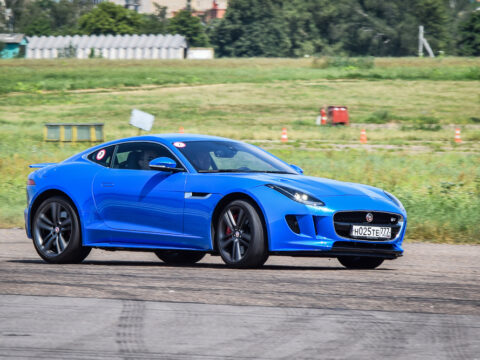The Ford Mustang is synonymous with American automotive culture, a symbol of freedom and power on the open road. Yet, beyond its iconic status and impressive lineage, there are numerous hidden details that enhance its narrative. Discover the fascinating, often overlooked facts that contribute to the deep and storied legacy of this classic muscle car, revealing a richer picture of its impact and evolution through the decades.
Contents
Mustang I Concept Car

Initiated by Lee Iacocca’s visionary team at Ford, the Mustang I concept car was a two-seater, mid-engine roadster that debuted in 1962. This groundbreaking concept laid the groundwork for the Mustang’s innovative design and sporty appeal, distinguishing it from other cars of the era. Its introduction was not just a showcase of Ford’s engineering prowess, but also a testament to the brand’s dedication to creating a vehicle that combined both performance and style in a way that was accessible to the general public. This concept set the stage for what would become the Mustang’s enduring legacy.
10 Millionth Mustang
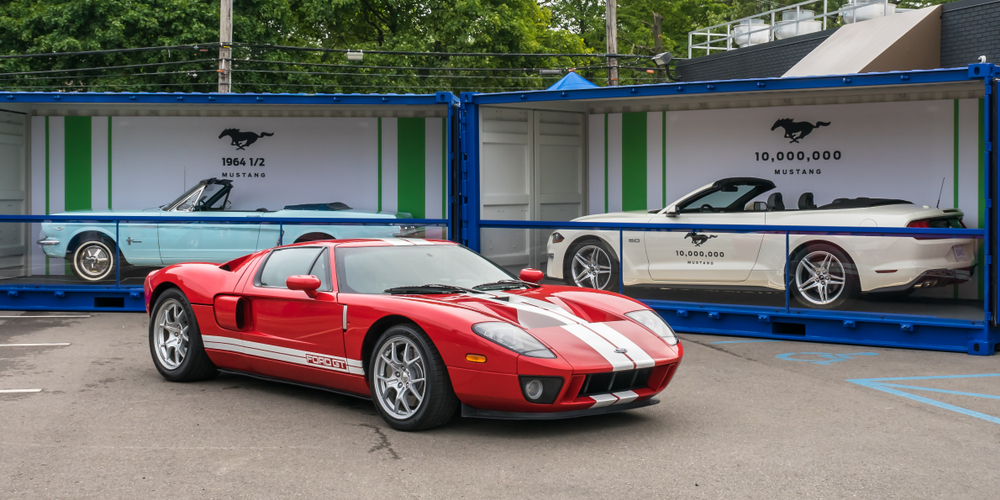
In 2018, Ford celebrated the production of the 10 millionth Mustang. This milestone underscores the enduring popularity and mass appeal of the Mustang, reflecting its significant impact on automotive culture worldwide. It highlights the Mustang’s consistent popularity through the decades, evolving with time while retaining its core characteristics of power and freedom. Such a production number not only confirms the Mustang’s status as a cultural icon but also its role in shaping automotive trends and enthusiast communities across generations.
Carroll Shelby’s Influence

Renowned automotive designer Carroll Shelby significantly enhanced the Mustang’s performance profile. His collaboration led to the creation of models like the Shelby GT350, which are celebrated for their powerful engines and race-ready modifications. Shelby’s expertise in racing technology and his commitment to excellence helped transform the Mustang from a mass-market muscle car into a genuine performance vehicle, offering an exhilarating driving experience that appealed to both casual drivers and motorsports enthusiasts.
1964 Launch

The launch of the first-generation Mustang in 1964 set a new record for first-year sales, exceeding 400,000 units. Its introduction at the New York World’s Fair created a sensation that captured the imagination of the American public. The timing of its release, its affordable price point, and its attractive design contributed to its instant success, helping to establish a new vehicle category—the pony car—and igniting a competitive segment that would grow to include numerous other iconic models.
Cinematic Icon

The Mustang has been featured in countless movies and TV shows, most notably in films like “Bullitt” and “Gone in 60 Seconds.” This not only solidified its status as a cultural icon but also showcased its versatility and appeal in action-packed sequences. Its roles in cinema contributed significantly to its cool, rebellious image, making it not just a car, but a symbol of adventure and freedom that resonated deeply with audiences worldwide.
Alternative Names
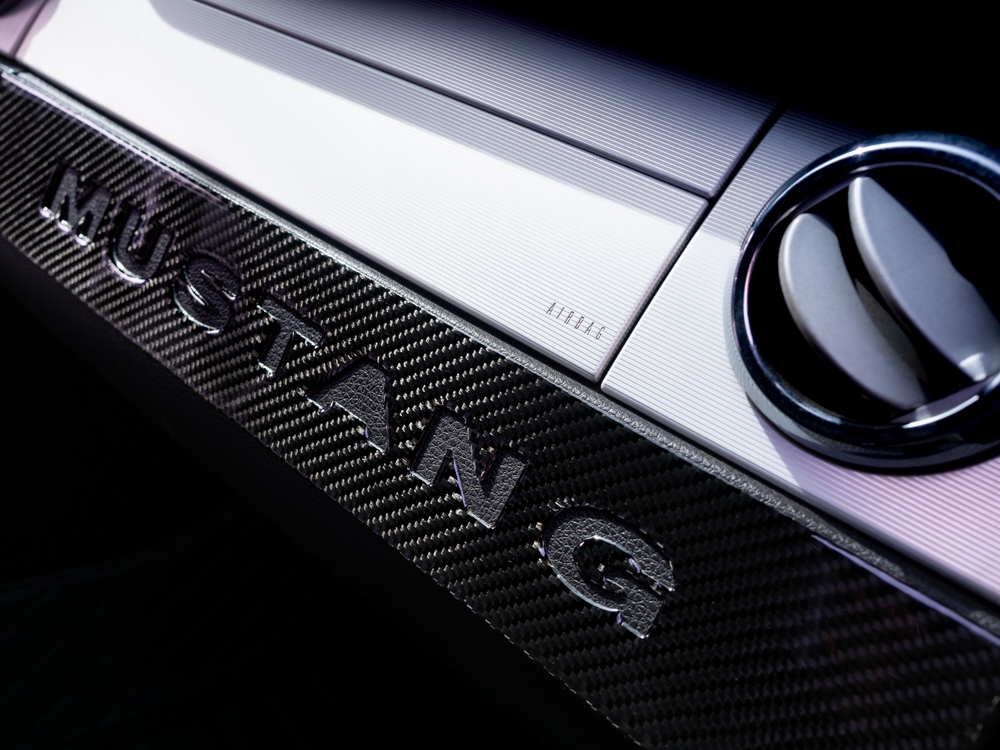
Before settling on the name Mustang, Ford considered naming it the Cougar or the Torino. The decision to choose “Mustang,” inspired by the P-51 fighter plane, added a wild and free-spirited connotation that perfectly matched the car’s personality. This choice of name played a crucial role in branding the car, aligning its image with the rugged, untamed spirit of the American West, and thereby enhancing its appeal to a youthful, dynamic demographic.
Shelby GT350 Introduction
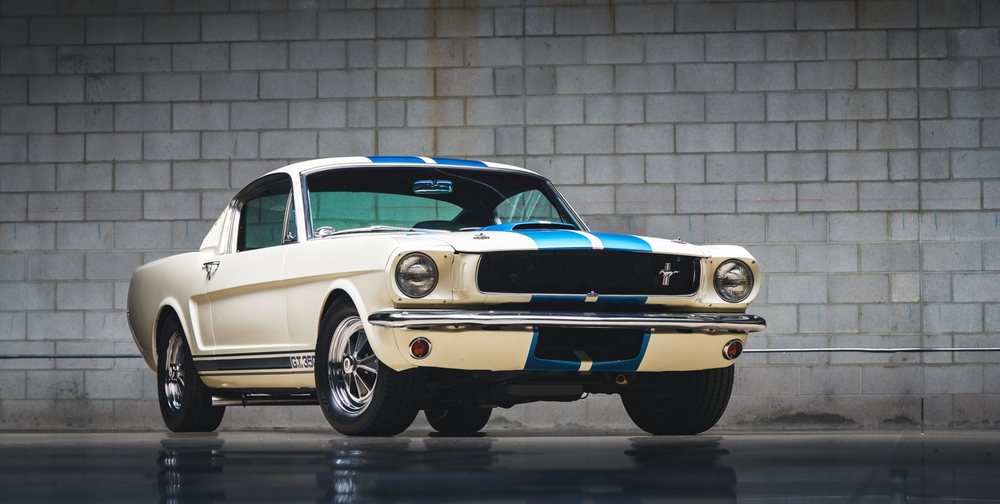
The 1965 debut of the Mustang Shelby GT350 introduced a high-performance variant that appealed to both track enthusiasts and ordinary consumers, blending street legality with competitive racing capabilities. The GT350 not only boosted Mustang’s performance credentials but also cemented Carroll Shelby’s impact on its legacy. This model’s aggressive styling, enhanced handling, and superior power output made it a favorite among racers and collectors alike, furthering the Mustang’s image as a versatile and potent vehicle.
Mach 1 Introduction
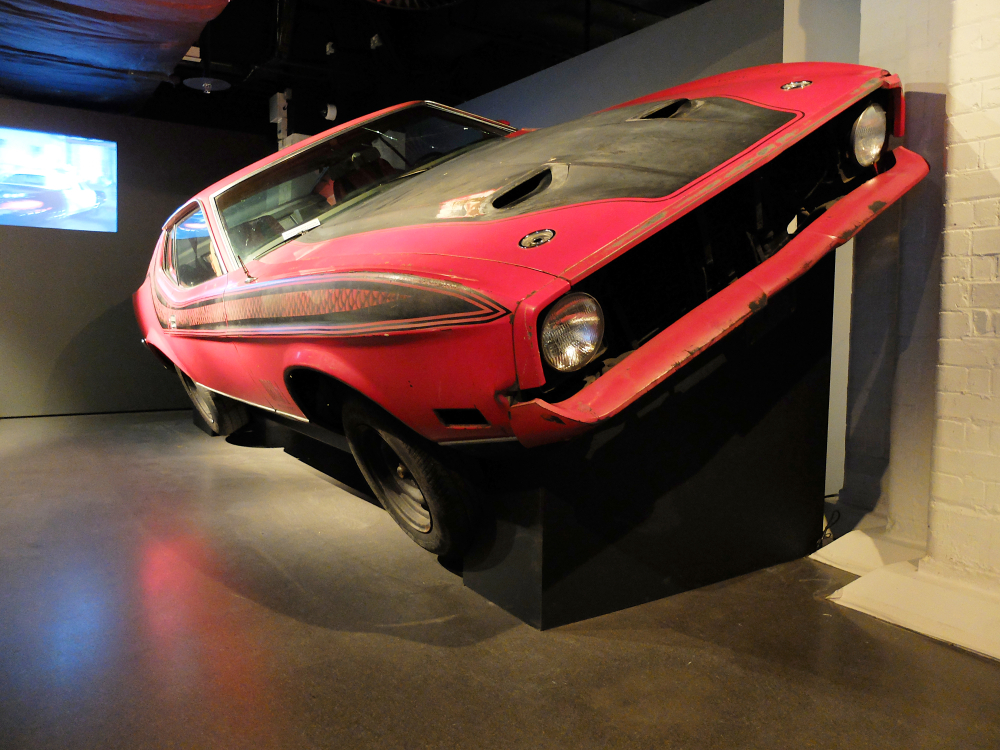
Introduced in 1969, the Mustang Mach 1 was designed for speed and performance. It featured a streamlined design and powerful engines, which helped it win several drag racing competitions and further cemented its reputation as a performance car. The Mach 1 combined aesthetic appeal with mechanical upgrades, such as improved suspension and enhanced powertrains, which appealed to consumers looking for a high-performance vehicle that offered style and comfort.
P-51 Mustang Inspiration
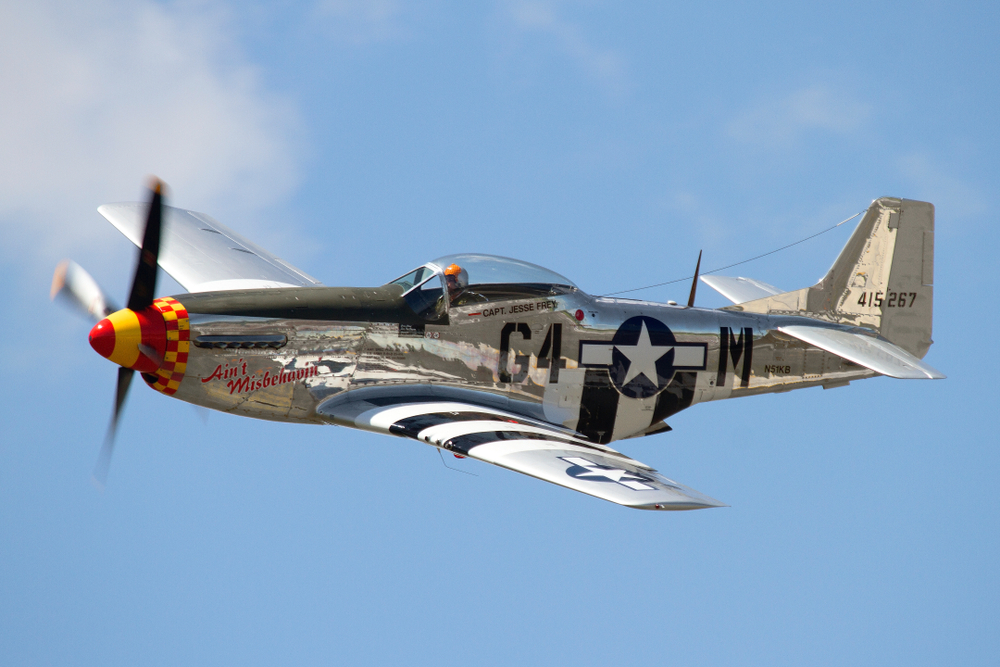
The Mustang was named after the P-51 Mustang fighter plane from World War II, a choice that imbued the car with a sense of speed, power, and agility, mirroring the plane’s respected status among aviation enthusiasts. This naming also tapped into American pride and military prestige, aligning the car with qualities of strength and freedom that resonated with a post-war audience eager for innovation and excitement in consumer vehicles.
Sequential Tail Lights

First seen on the 1964 Mustang, sequential tail lights were an innovation that added a distinctive visual appeal, becoming a signature feature in later models. This design not only enhanced the aesthetic appeal of the Mustang but also improved visibility for following vehicles, combining safety with style. The uniqueness of this feature became synonymous with the Mustang’s identity, distinguishing it in a crowded market and enhancing its desirability among automotive enthusiasts.
Mustang’s Role in Introducing the Pony Car Class
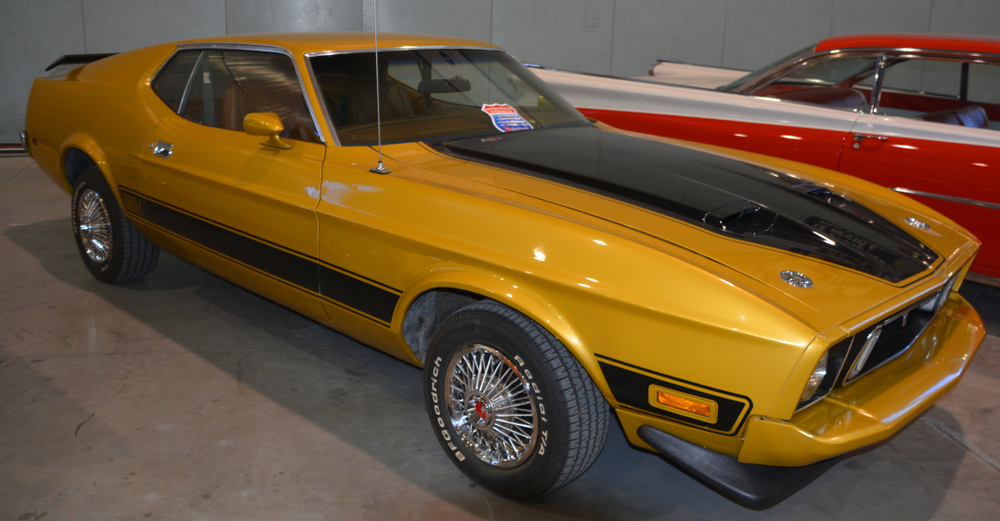
The Mustang pioneered the “pony car” class of American automobiles—affordable, compact, stylish cars with sporty lines and performance-oriented engines, sparking a new segment in the auto industry. This innovation not only created a lasting legacy for the Mustang but also initiated a competitive segment that led to the introduction of other iconic models like the Chevrolet Camaro and the Dodge Challenger, permanently altering the landscape of American automotive design.
First to Feature a Floating Horse Emblem
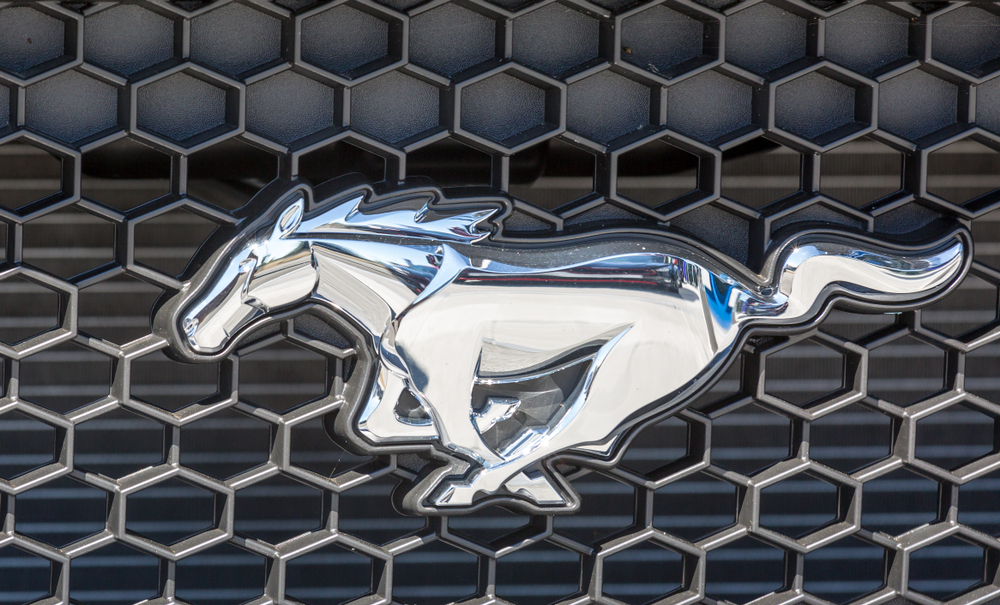
The Mustang was the first Ford car to feature the now-iconic galloping horse emblem without any enclosing circle. This design choice symbolized freedom and power, resonating deeply with consumers who saw the Mustang not just as a car but as a statement of independence. The emblem quickly became a defining feature of the brand, helping to distinguish it from competitors and solidifying the Mustang’s image as a beacon of American automotive culture.
Introduction of EcoBoost Engines

In 2015, the Mustang incorporated EcoBoost technology, introducing turbocharged engines that promised high performance with better fuel economy. This development marked a significant technological advancement for the Mustang, aligning with global trends towards more environmentally friendly automotive solutions while maintaining the muscular performance that fans expect. The introduction of EcoBoost engines also helped Ford appeal to a broader market, where consumers demand power without compromising on efficiency.
Special Edition Bullitt Mustangs
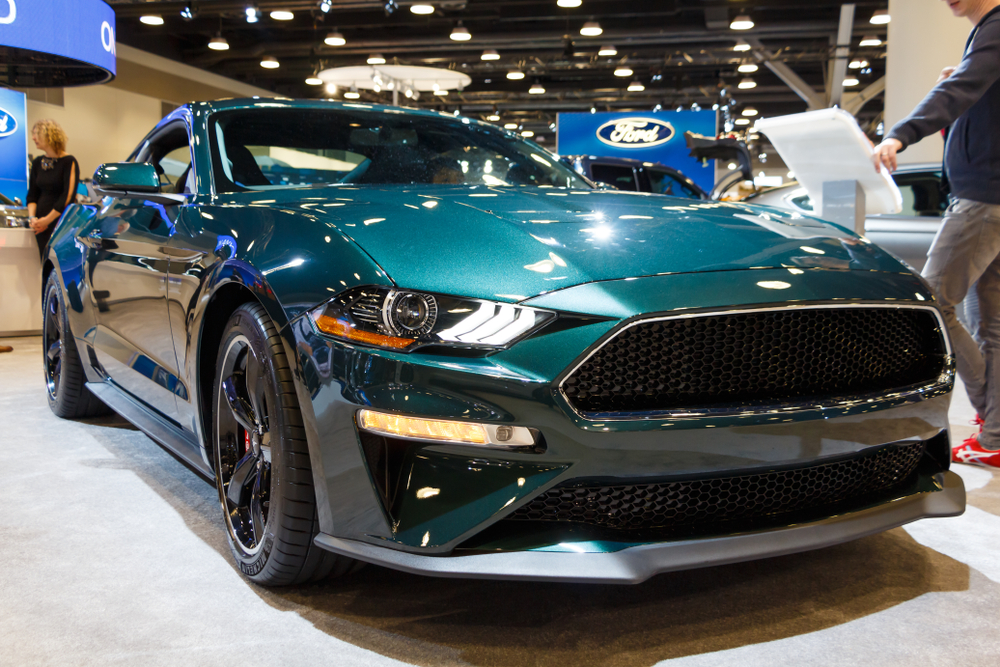
Commemorating the iconic 1968 movie “Bullitt,” Ford released special edition Bullitt Mustangs over the years. These editions are highly sought after for their unique styling cues, such as the dark green paint and minimal badging, as well as their enhanced performance features that echo the car driven by Steve McQueen. The Bullitt Mustangs not only serve as collectibles but also as a bridge connecting the Mustang’s storied past with modern engineering, appealing to both nostalgia and contemporary performance enthusiasts.
Mustang’s Global Sales Expansion in 2015

In 2015, Ford began selling the Mustang in global markets, transforming it from an American icon to a global one. This expansion significantly broadened its market presence, introducing the Mustang to new cultures and demographics. The global embrace of the Mustang underscores its universal appeal, driven by its blend of style, performance, and heritage, and cementing its status as a global automotive leader.
Adoption of Independent Rear Suspension

The 2015 model year saw the introduction of independent rear suspension across all Mustang models, a significant upgrade that improved handling and ride quality. This enhancement brought the Mustang into the realm of modern sports cars, offering drivers a more refined and dynamic driving experience. It demonstrated Ford’s commitment to evolving the Mustang’s capabilities, ensuring it remains competitive in the modern era of automotive design.
The “Four-Eyed” Mustang
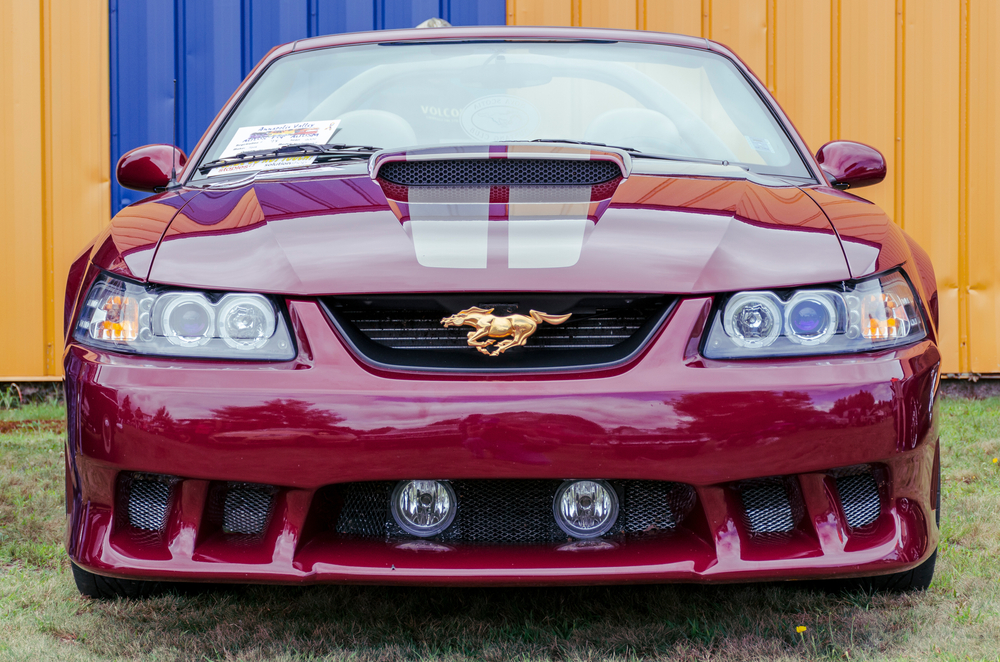
From 1979 to 1986, the Mustang featured a unique “four-eyed” front-end design with two headlamps and two parking lamps, giving it a distinctive look that still stands out in the history of Mustang models. This design not only differentiated the Mustang visually during that era but also reflected the design trends of the time, showcasing Ford’s willingness to experiment and innovate within the evolving aesthetic preferences of the automotive market.
The SVO Mustang
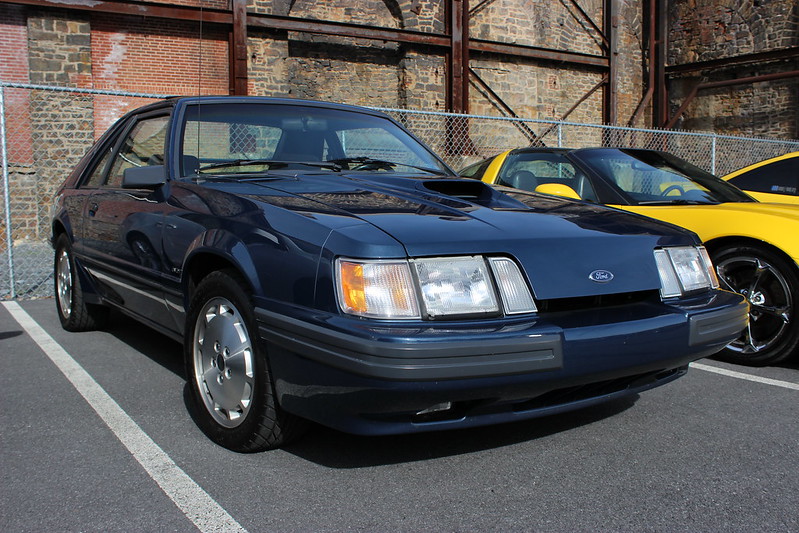
The Mustang SVO, introduced in the mid-1980s, was a turbocharged model that showcased Ford’s commitment to delivering performance through advanced engineering. The SVO was ahead of its time, featuring a lighter engine, enhanced aerodynamics, and a focus on fuel efficiency. It catered to a niche group of auto enthusiasts looking for a high-performance, yet environmentally considerate vehicle and remains a testament to Ford’s innovative approach in blending performance with emerging technologies.
SVT Cobra Introduction
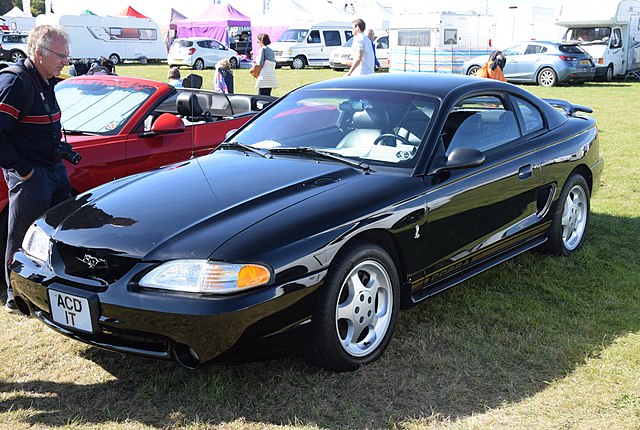
In the early 1990s, the introduction of the Mustang SVT Cobra by Ford’s Special Vehicle Team offered high performance through upgraded components like enhanced engines and superior suspension systems. The Cobra models became benchmarks for future performance variants, combining luxury features with serious horsepower, which attracted a dedicated following and reinforced the Mustang’s reputation as a versatile performance car.
Reintroduction of the Boss 302

In 2012, Ford reintroduced the Boss 302, a nameplate originally from the late 1960s, equipped with modern technology to handle both road driving and track days. This model served as a bridge between the Mustang’s historical legacy and its modern capabilities, offering an exceptionally balanced chassis and high-revving engine that appealed to both purists and modern sports car enthusiasts. The Boss 302 was a celebration of the Mustang’s racing heritage, providing a special blend of nostalgia and contemporary performance.
This article originally appeared on MyCarMakesNoise.
More from MyCarMakesNoise
10 Cutting-Edge Military Drone Innovations

The rapidly evolving landscape of modern warfare has seen military drones emerge as game-changing tools, redefining strategies and operational capabilities. Equipped with cutting-edge technologies, these unmanned aerial vehicles (UAVs) enhance precision, stealth, and efficiency in combat scenarios. Read More.
10 Public Transportation Systems That Were Abandoned

Public transportation systems have long been the lifeblood of bustling urban centers, providing essential connectivity and fostering economic growth. However, as cities evolved and new technologies emerged, many once-thriving transit systems fell into disuse. Read More.
15 Luxury SUVs Offering Unmatched Comfort and Style

In the realm of automotive excellence, luxury SUVs stand as the epitome of comfort and sophistication. These vehicles seamlessly blend high-performance capabilities with opulent interiors, creating an unmatched driving experience. Read More.


